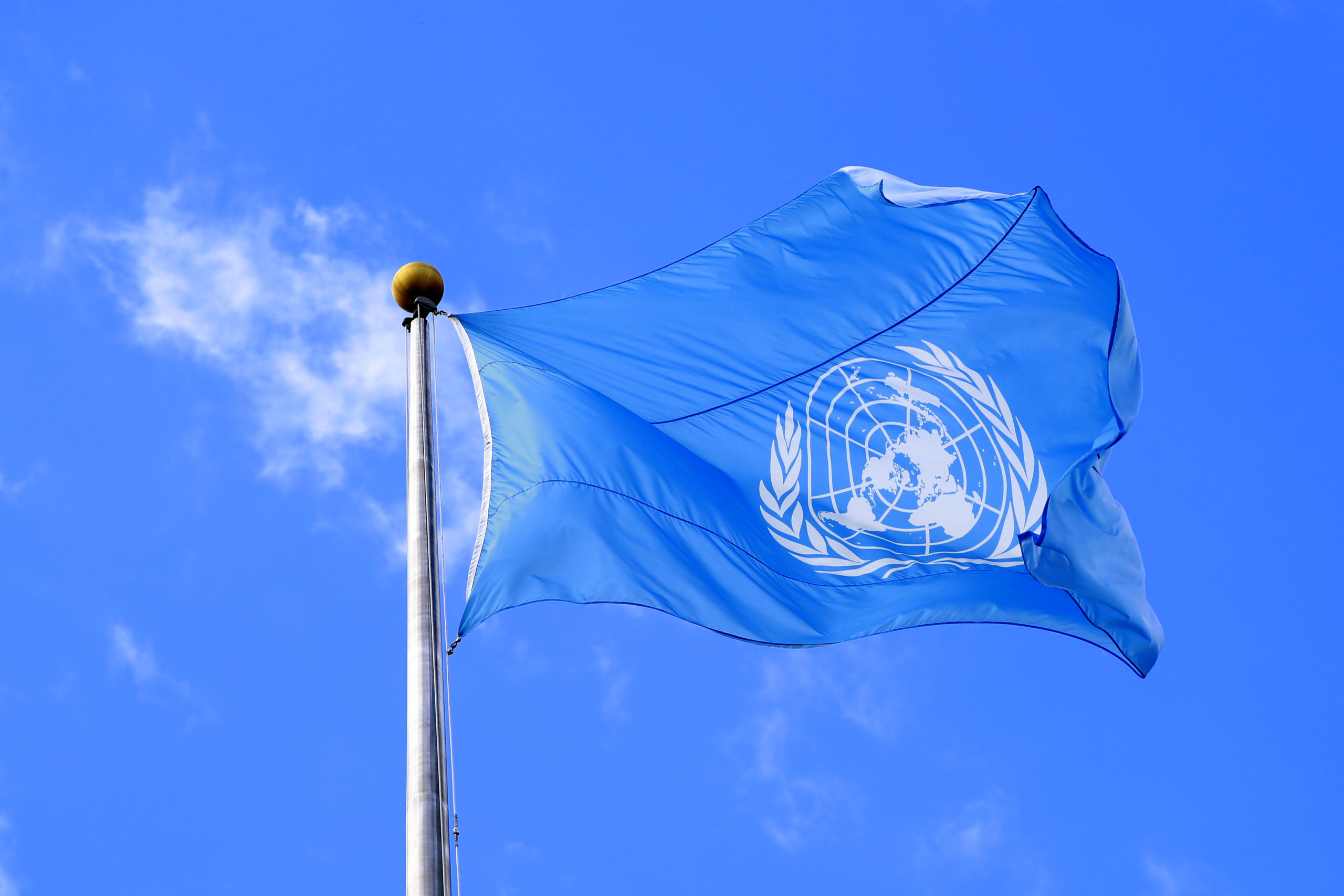Nuclear weapons are finally outlawed; next step is disarmament/By Robert Mardini Director-General, International Committee of the Red Cross

The vile suffering that poison gas inflicted on the soldiers of World War I so horrified the world that chemical weapons were banned only seven years after the Great War ended.
But during the next global conflict, an even more indiscriminate and inhumane weapon was unleashed. Nuclear blasts decimated two Japanese cities as if they had been “swept away by a supernatural power,” Dr. Marcel Junod, a doctor for the International Committee of the Red Cross (ICRC), wrote after visiting Hiroshima.
The doctor quickly concluded that like poison gas after World War I, nuclear weapons too must be banned outright. “Only a unified world policy can save the world from destruction,” he wrote. By 1950, an estimated 340,000 people had died from the effects of those two bombs.
For more than 75 years, almost half of the ICRC’s 158 years of existence, we have been advocating for the elimination of nuclear weapons for one simple reason: We do not believe they can be used without inflicting massive death and suffering among civilians.
That is why 22 January 2021, is such a momentous day for us. It is the day the Treaty on the Prohibition of Nuclear Weapons (TPNW) comes into force.
This day is nothing short of a victory for humanity. Seventy-five years after nuclear bombs wrought war’s worst horror on the people of Hiroshima and Nagasaki, the world’s newest multilateral treaty outlaws nuclear weapons. It prohibits the use, threat of use, development, production, testing, and stockpiling of nuclear weapons, formalizing into law a strongly held taboo against the use of nuclear weapons and providing a further disincentive for their proliferation
The TPNW is also the first instrument of international law to mitigate the catastrophic humanitarian consequences of nuclear weapons by requiring states that suffered a nuclear explosion to provide medical care for victims on their territory.
What the Treaty doesn’t do, quite obviously, is magically eliminate the world’s current nuclear arsenal. Indeed, it would be naïve to expect the TPNW to deliver a world without nuclear weapons tomorrow. The new Treaty should instead be viewed as the moral and legal starting point for a long-term effort to achieve nuclear disarmament. We must now work to ensure the broadest possible adherence to the Treaty’s prohibitions.
The world’s nine nuclear-armed states have more than 13,000 nuclear bombs, with command-and-control networks vulnerable to human error and cyberattacks. The power of many of those warheads are far greater than those dropped in 1945, bombs that killed more than 100,000 people, including 1,924 of Hiroshima’s 2,080 doctors and nurses. This is the reality we are up against.
Even if the horror of nuclear detonation may feel like distant history, the risk today is too high. Treaties to reduce arsenals are being abandoned, new types of nuclear weapons are being produced, and serious threats are being made. That’s an arms race, and it’s frightening.
By setting out pathways for their elimination, the Treaty is a concrete step towards fulfilling long-standing nuclear disarmament obligations, notably those under the Nuclear Non-Proliferation Treaty (NPT), which desperately needs to see real progress on its nuclear disarmament obligations if it is to maintain its credibility.
We are urging states that possess nuclear weapons to urgently take them off high alert status and reduce their role in their military doctrines, pending their total elimination. And we hope every country finds itself, sooner or later, in a position to sign and ratify the Treaty.
The passage of time may have numbed us to the devastation of a nuclear detonation. But every human on earth should be horrified at even the possibility that such a weapon could be used again.
Today we celebrate the entry into force of the TPNW. But it is only the beginning of the world’s journey to eliminate nuclear weapons. The end comes when those 13,000 nuclear weapons no longer exist.
















